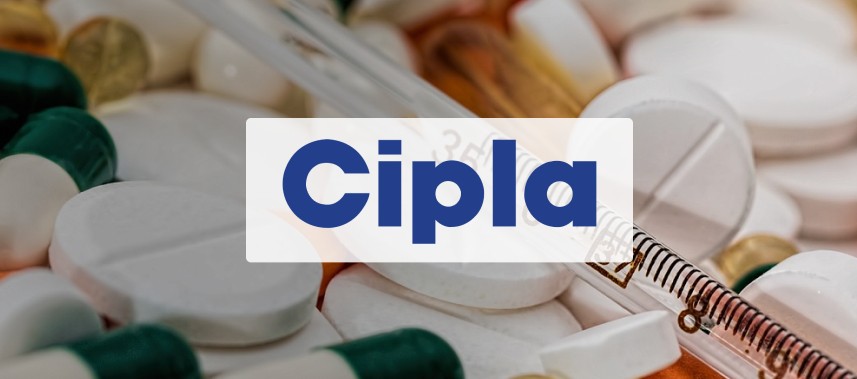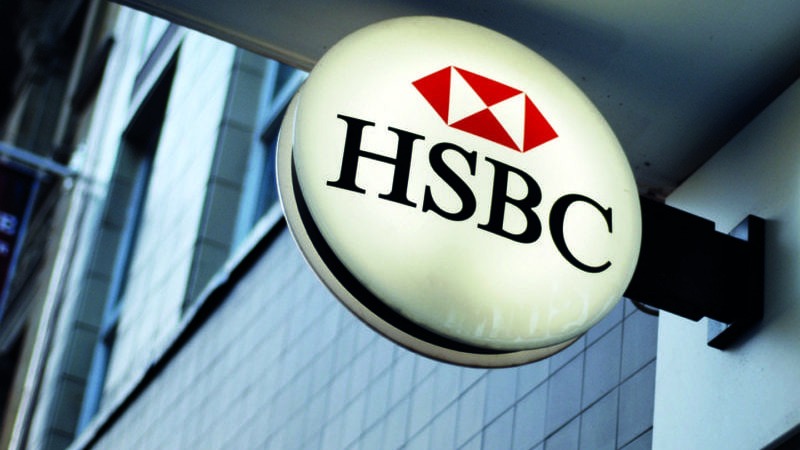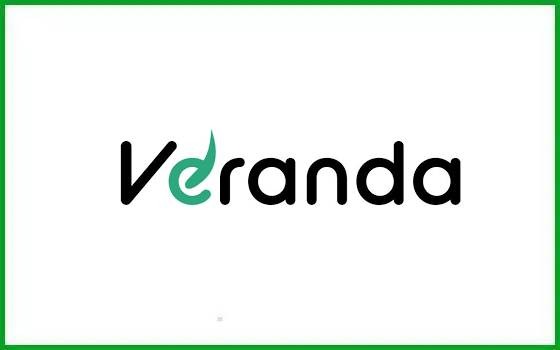
Follow WOWNEWS 24x7 on:

Cipla Ltd has received a significant regulatory update from the United States Food and Drug Administration (USFDA) concerning its Bommasandra manufacturing facility in Bengaluru. After a detailed five-day inspection, the facility has been classified under the Voluntary Action Indicated (VAI) category, reflecting a generally positive outcome for a pharma exporter with deep footprints in global markets.
Understanding the Inspection Process and the VAI Classification
The USFDA inspection at Cipla’s Bommasandra facility was conducted between May 26 and May 30, 2025.
Following the audit, Cipla received a Form 483 with a single observation. In USFDA parlance, receipt of Form 483 means investigators noted some areas for improvement, usually mild in nature, and requiring the company’s voluntary corrective actions. The exact nature of the observation was not disclosed but industry consensus suggests procedural or documentation remedy rather than a critical manufacturing lapse.
A VAI status, as officially communicated by the US regulator, signifies that while some objectionable conditions were observed, no formal regulatory or administrative action will be recommended. Companies are empowered to respond and address the concerns proactively, maintaining business as usual unless further non-compliance is uncovered at a later date.
What Comes Next for Cipla
Cipla is expected to submit a comprehensive corrective and preventive action (CAPA) plan to the USFDA within the stipulated response period.
The firm has reiterated its commitment to the highest quality benchmarks and regulatory compliance across its global network, and will update the regulator as remedial steps are undertaken.
Immediate impact on Cipla’s US operations is likely to be minimal, as the VAI outcome allows continued product supply to the US, unlike an Official Action Indicated (OAI) or warning letter which can lead to greater disruption.
Facility’s Strategic Role and Track Record
The Bommasandra plant is critical for Cipla, housing key production lines for respiratory and chronic disease formulations supplied worldwide, particularly to regulated markets like North America.
The site has previously maintained a clean compliance record, with USFDA and other global audits being routine but essential for a company of Cipla’s international stature.
Historically, swift and adequate response to Form 483 observations keeps the company on track with its US business and reassures clients and investors of its regulatory resolve.
Market and Industry Context
USFDA inspections are an integral part of risk and compliance management for Indian pharma exporters, given the size, regulatory scrutiny, and commercial value of the US market.
Investors typically view a single, minor observation resulting in VAI as manageable, and not a material risk unless a pattern emerges or corrective action is delayed.
In Q4 FY25, Cipla reported robust financial results with a net profit surge and rising total income, highlighting its operational strengths despite a constantly evolving compliance landscape.
Investor and Stakeholder Reactions
Cipla shares showed marginal movement on the exchange post the news, with market consensus expecting no material disruption to near-term revenues.
Stakeholders will watch disclosure of the actual observation and the company’s timeline for remediation, though the overall tone remains constructive.
Source: Cipla stock exchange filings



